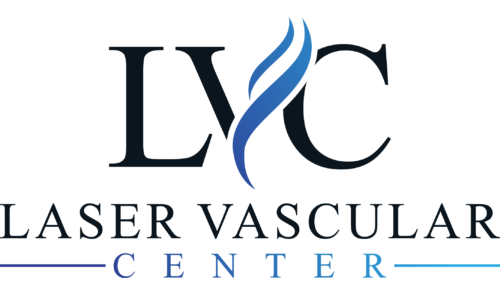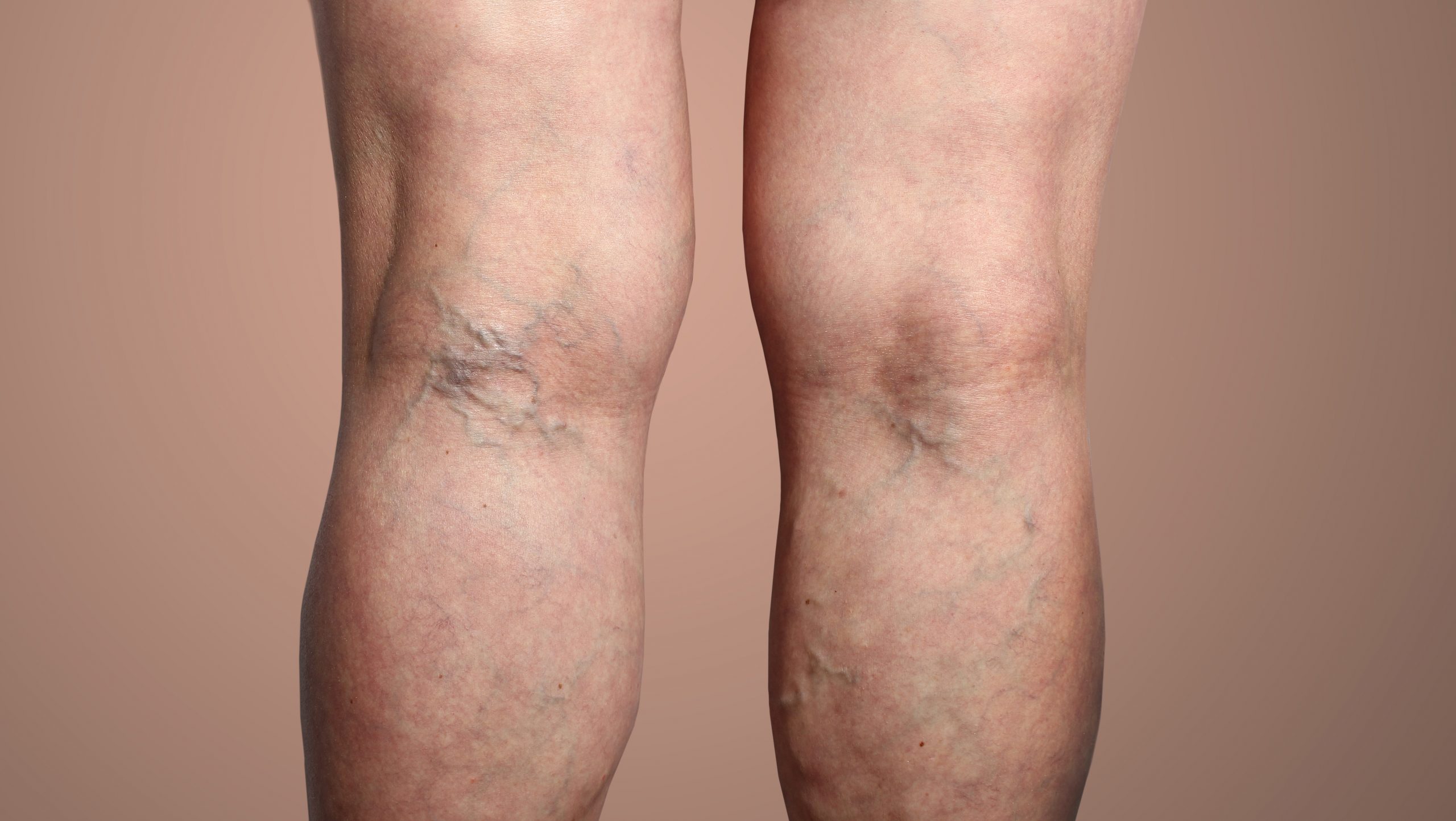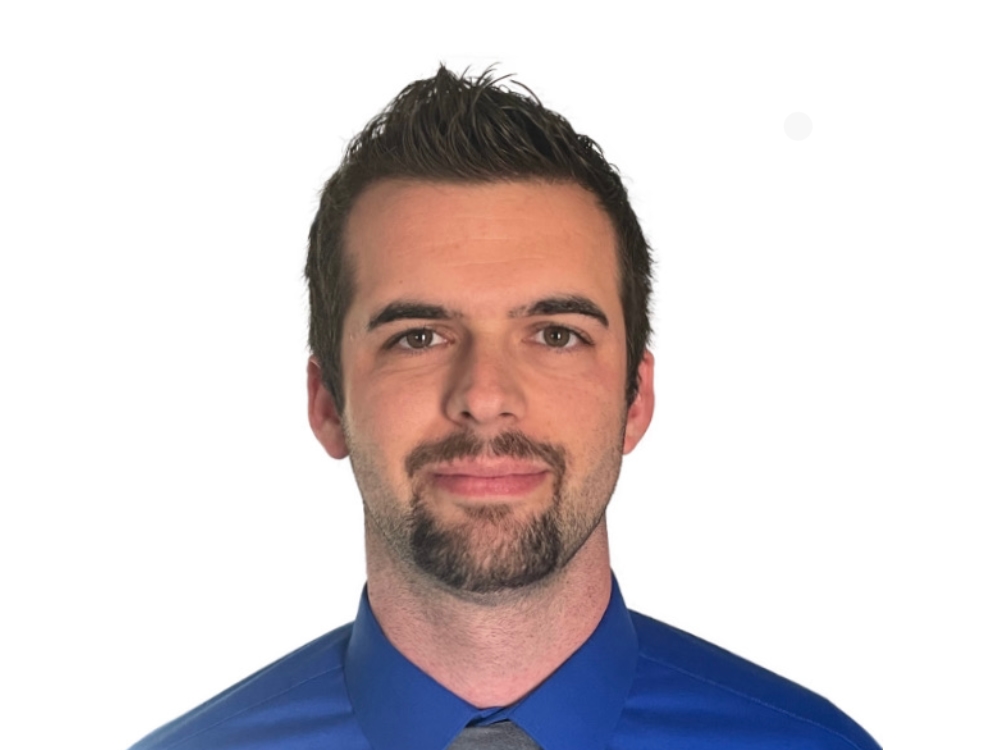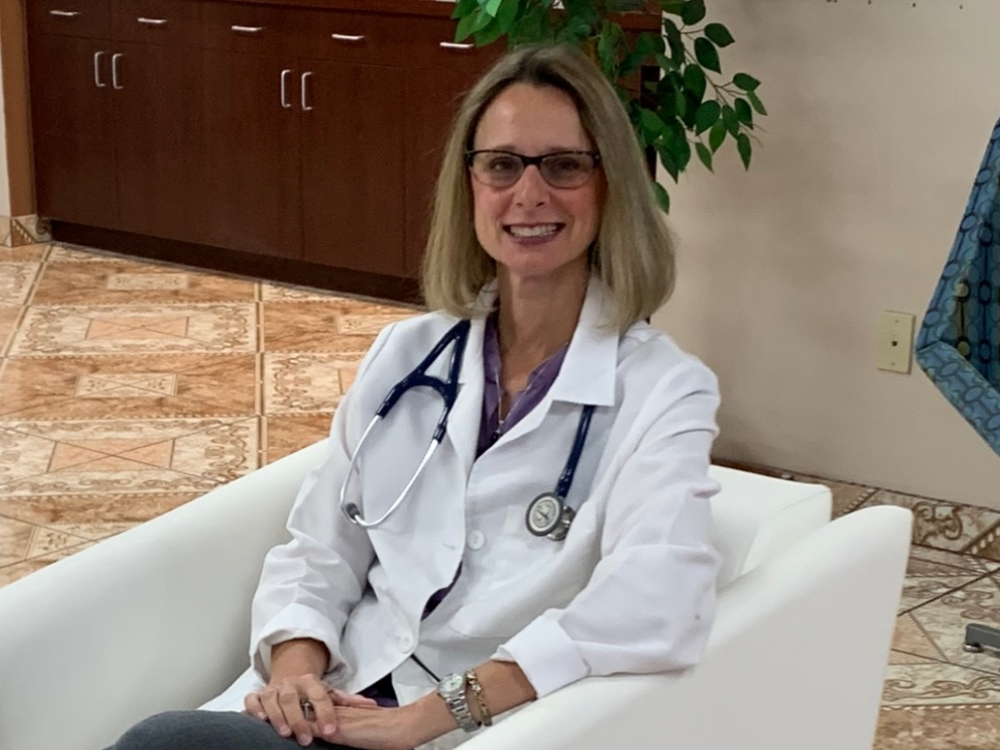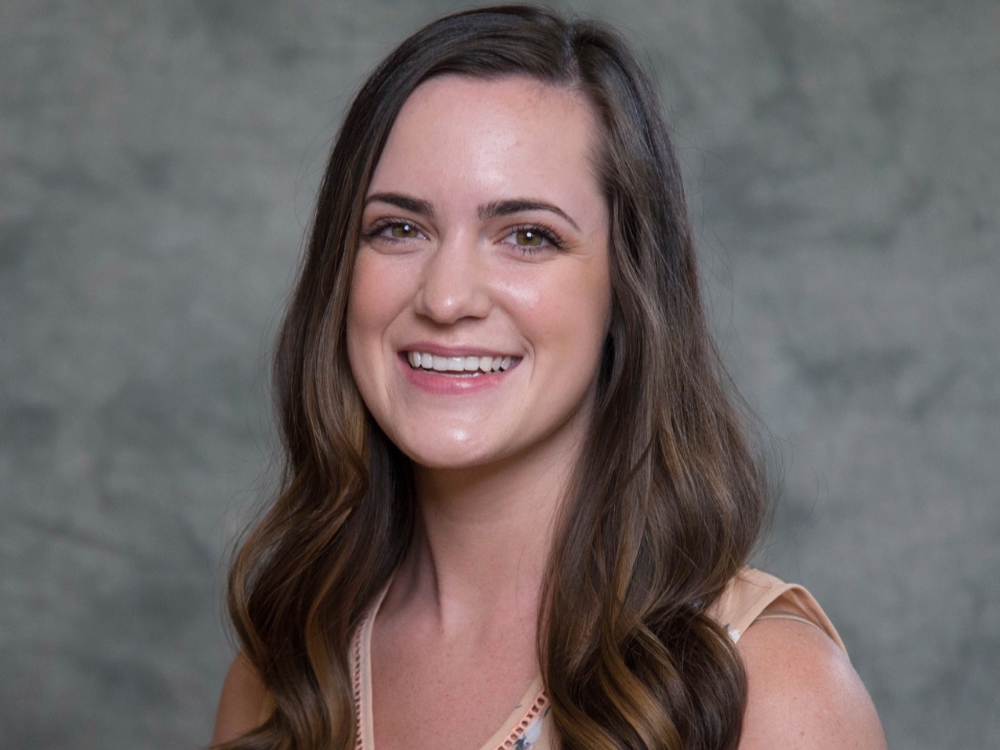When people think of vein issues, the major concern is usually relative to varicose veins, as they can become the reason for several other health complications. Varicose veins are more common than you might think, as studies show that around 23% of adults in the US have been affected by them. The surprising fact is that many ignore them, which later leads to more severe impact on their overall health.
Varicose veins are usually easy to spot, as they are dark veins that bulge out from under the skin. They are most commonly spotted on the lower extremities, but can also appear on any part of the body.
Several questions may be floating around in your mind- “Are varicose veins dangerous? What are the symptoms? When should I reach out to a doctor? How can you treat varicose veins?”
Ask, and we shall provide… the answers! In this entry, we have covered the answers to all your questions. Let’s take a closer look.
What Are Varicose Veins?
Varicose veins are swollen, twisted, enlarged veins that bulge under the skin’s surface and appear purple. They are commonly found in the legs, feet, and ankles. Varicose veins can be painful and sometimes itchy, which may become worse if not treated at the right time. A varicose vein may be normal sized, but can still cause symptoms. Sometimes, these veins can only be detected using duplex ultrasound machine. It is a mistake to think that the vein has to be tortuous or visible in order to be considered varicose. Many problematic varicose veins are actually not tortuous at all, and are only found with the help of a duplex ultrasound screening.
The Difference Between Varicose Veins And Spider Veins
People tend to get confused between the two terms, but we assure you – they are two different conditions. Symptoms of both can be the same, making it difficult for the average person to distinguish the difference between them.
Spider veins are smaller, thin, red, or purple veins that appear close to the skin’s surface. They do not protrude like Varicose veins. They are not usually painful and can appear anywhere on the body, specifically on the feet, face, and behind the knee.
The occurrence of these veins on your body may make you feel slightly uncomfortable, but the good news is that they aren’t dangerous for most people. At the same time, we do not suggest ignoring them, as severe cases can sometimes lead to serious blood clots and other health complications. Our team of vascular surgeons will determine which condition is present and treat accordingly.
Who Is Prone To Get Varicose Veins?
If you’re now wondering who can be affected by Varicose veins, the answer is simple: anyone!
Anyone can develop this condition, but women are more likely to suffer from Varicose veins than men. Some of the following factors can increase the risk of varicose vein development:
- Age: The aging process results in loss of the vein’s natural ability to work properly. The vein loses elasticity and experiences stiffness, increasing the risk of Varicose veins.
- Overall Health Conditions: Severe constipation or tumors can increase the pressure in the veins.
- Gender: A woman who is pregnant, taking birth control pills, or going through menopause will go through numerous hormonal changes that can also increase the development of Varicose veins.
- Tobacco Consumption: People who smoke or chew tobacco are likely to get Varicose veins.
- Lifestyle: Wearing tight clothes or pants with tight waistbands can decrease blood flow. Standing or sitting for long periods of time can decrease circulation to the extremities.
- Weight: Obesity and excess weight also puts pressure on the blood vessels.
Symptoms Of Varicose Veins
Aside from the common gnarled, blue, or purple appearance, here are some symptoms to be on the lookout for:
- Bulging Veins: Twisted, swollen, or rope-like veins in a blue or purple color that will appear just below the skin surface on the legs, ankles, and feet
- Heavy Legs: The muscles in the leg will feel fatigued or tired
- Skin discolorations and ulcers: If left untreated, this can cause brown discolorations on the skin and several serious diseases like venous ulcers (sores) on the skin.
- Pain & Itching: The area around such veins may be riddled with pain and itching, especially behind the knees
- Swelling: The legs, ankles, and feet will begin to swell
Treatment For Varicose Veins
Now that you have more knowledge about varicose veins, you may be asking, “how can I treat them?” Although there currently is no cure for varicose veins, there are treatment methods available. These procedures must be performed by a Vascular Surgeon and can reduce Varicose vein appearance while providing relief for the pain and discomfort.
- Laser Therapy: Also called Endovenous Thermal Ablation, this treatment is highly effective. It involves using a catheter (a long, thin tube) and a laser that helps in closing off damaged veins.
- Elevation: For proper blood circulation and decreased pressure in the veins, we suggest elevating your legs above your waist many times throughout the day.
- Injection Therapy (Sclerotherapy): During this treatment, the vascular specialist injects a solution into your veins that causes the vein walls to stick together. This helps the veins to scar and fade away over time.
- Elastic/ Compression Stockings: Wearing supportive compression stockings or socks can help to compress the veins and reduce pain and discomfort. This method helps the blood flow, stopping the veins from stretching!
Conclusion
The majority of people typically ignore Varicose Veins, which can be detrimental to long-term health. We suggest seeking treatment at first sight of any symptoms. We do not recommend allowing these veins to remain negligent in your body. If you or someone you know experiences any symptoms of Varicose or Spider veins, schedule your appointment with us today!
You will be seen by one of our Vascular surgeons, and well on the right track to a healthy prognosis. We have office locations all around Arizona, including Phoenix, Mesa, Chandler, Paradise Valley, Sun City, Scottsdale, Buckeye, and Prescott!
Call us at: (480) 788-5621 or visit our website to book your appointment.
Fax: (480) 779 1277
Connect with us on social media!
Instagram: https://www.instagram.com/laservascular/
YouTube: https://www.youtube.com/channel/UCPlkhq8Vo1TFpoUvAaay3aQ
LinkedIn: https://www.linkedin.com/company/laser-vascular-center
